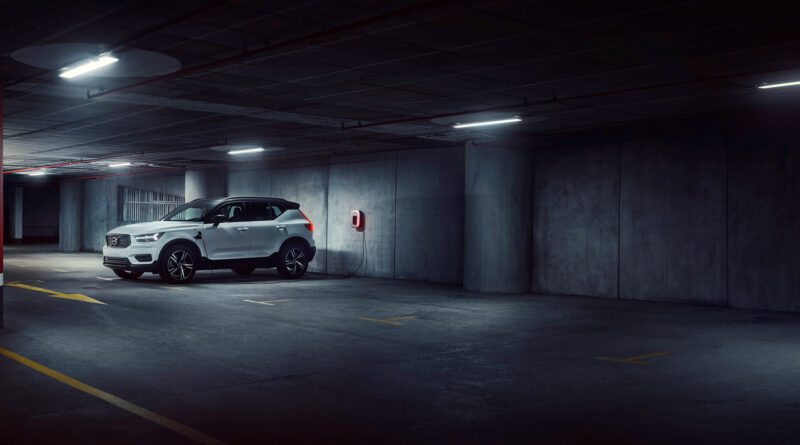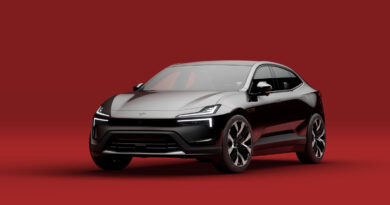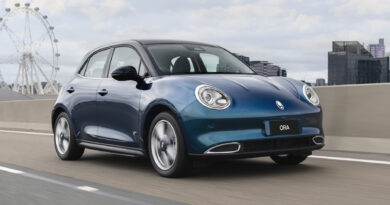Diesels dead, Volvo targets 20 percent PHEV share with ‘Recharge’
Volvo’s plug-in hybrid electric car (PHEV) family is now complete – and the company is targeting 20 percent share for its rechargeable vehicles.
The arrival of the new XC40 Recharge PHEV – the most affordable Volvo plug-in, priced from $64,990 plus on-road costs – has Volvo Australia managing director Nick Connor predicting one in five Volvos sold by the brand will soon be electrified.
Want the latest EV news and reviews delivered to your inbox? Subscribe to our weekly newsletter!
Connor says a lack of supply with its plug-in hybrids has currently constrained Volvo’s PHEV share to between 6 and 9 percent, depending on the model.
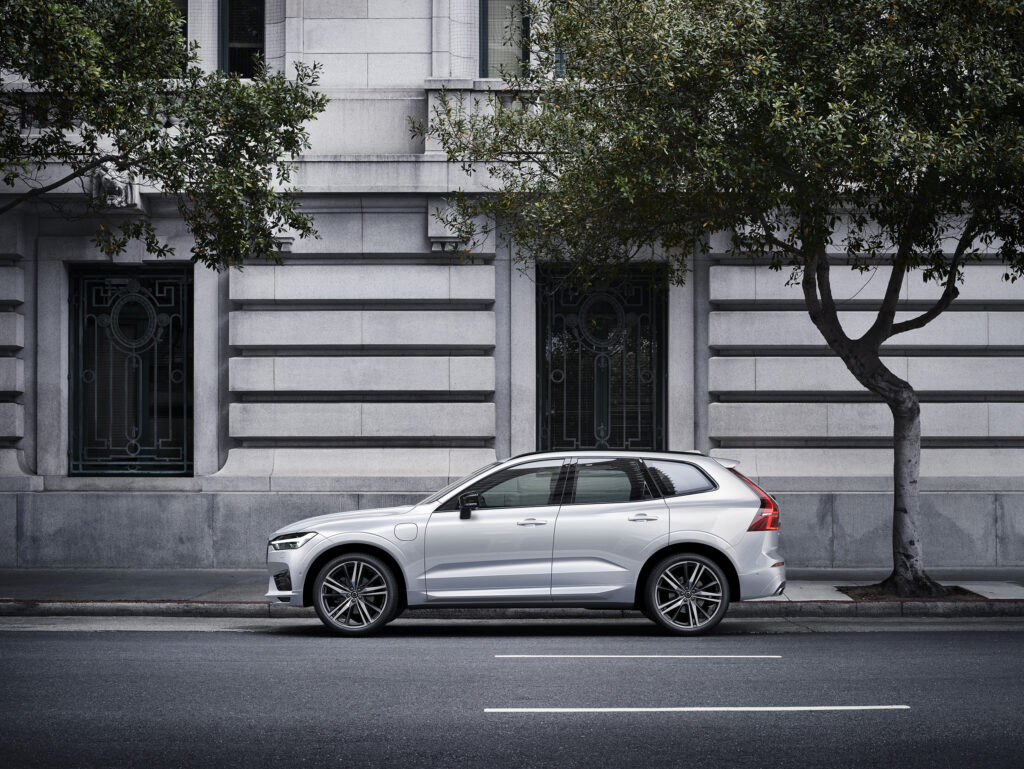
PHEV technology is currently offered in the S60, V60, XC60, XC90 and, now, the XC40.
“We could see that PHEVs could easily get up to 20 percent [of Volvo’s Australian sales],” said Connor.
“As we expand the PHEV offerings … that will make a significant difference,” he added, pointing to the XC40 Recharge PHEV that has just gone on sale as a crucial volume player in the growth of PHEV.
Connor believes the XC40 Recharge PHEV will initially account for 15 percent of XC40 sales, suggesting initial dealer inquiries had exceeded their expectations.
“We can’t get enough of them.”
That also reassures Volvo that the decision to introduce the full battery electric version of the XC40 – called XC40 Recharge EV – is the right move. It’s expexted to arrive later in 2021 priced from around $75,000.
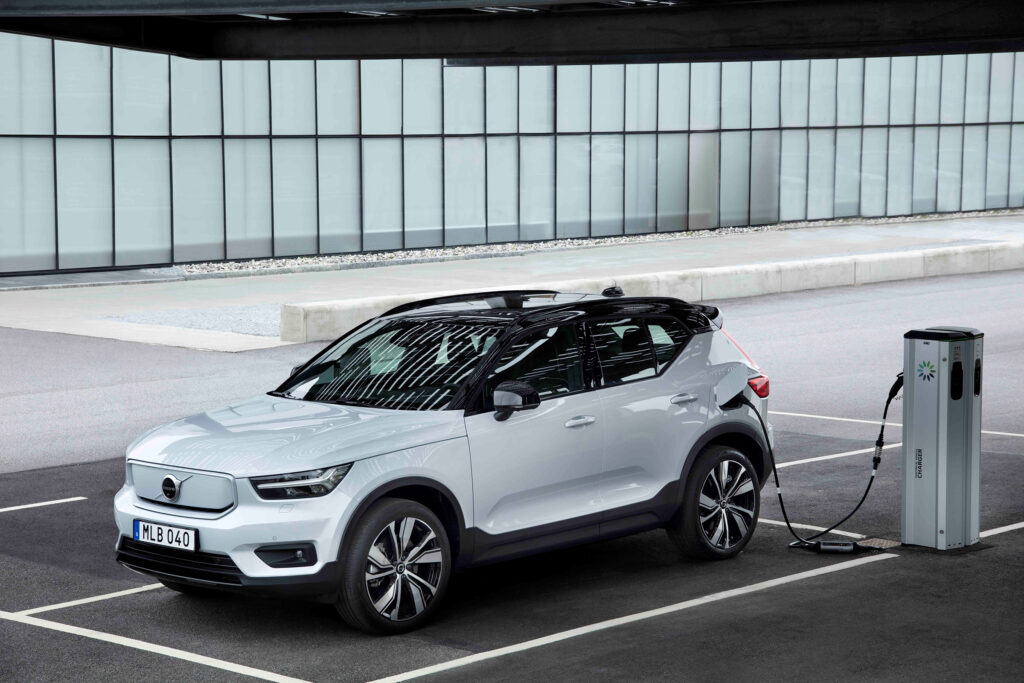
Connor is predicting that political pressure and an increased focus on environmental issues will ultimately lead to incentives for electric vehicles in Australia, something that has so far been heavily resisted.
“I’ve got no inside track on it but I think that you look at what happened all around the world … there’s pressures to do something about tailpipe pipe emissions … it’s an obvious thing to do.”
Volvo says 60 percent of all PHEV sales in Australia are accounted for by Volvo and Mercedes-Benz, the latter this week releasing the A250e PHEV.
The XC40 PHEV is significant in that it introduces the Recharge brand that will also be used on Volvo battery electric vehicles.

The Recharge sub-brand will also be spread across other models, including the S60, V60, XC60 and XC90 PHEVs.
“The next model year will be a plug-in hybrids will be called Recharge on everything,” said Connor. “So we’ll apply Recharge across all of our plug-in hybrid and a full BEV cars in the future.”
Volvo will provide five years of free public charging through Chargefox, allowing owners to access the largest public network in Australia.
As a way to encourage owners to consider its Recharge EVs – including plug-in hybrids – Volvo also said it had considered looking at reimbursing owners for electricity costs for home recharging.
“We just can’t find a mechanism to make that work at the moment,” he said. “When we get Volvo On Call that might be possible.
In 2021 Volvo will also introduce On Call across its range.
On Call is advanced telematics system that will allow smartphone access to lock and unlock the car or flash the lights and beep the horn, each designed to make it easier to find the car in a carpark.
It will also be able to contact emergency services in the event of a crash or break down.
Volvo Australia is also planning to phase out diesels by late 2021.
One of those models being discontinued will be the V90 Cross Country, which is only available in Australia with a diesel. Volvo will not be replacing it locally.

“We’re seeing diesel demand dry up dramatically,” said Connor, who pointed to the large XC90 SUV as a stronghold, but one where diesel sales are still dropping.
The company will stop ordering diesel vehicles from mid-next year, in turn switching wholly to petrol, PHEV and BEVs.

